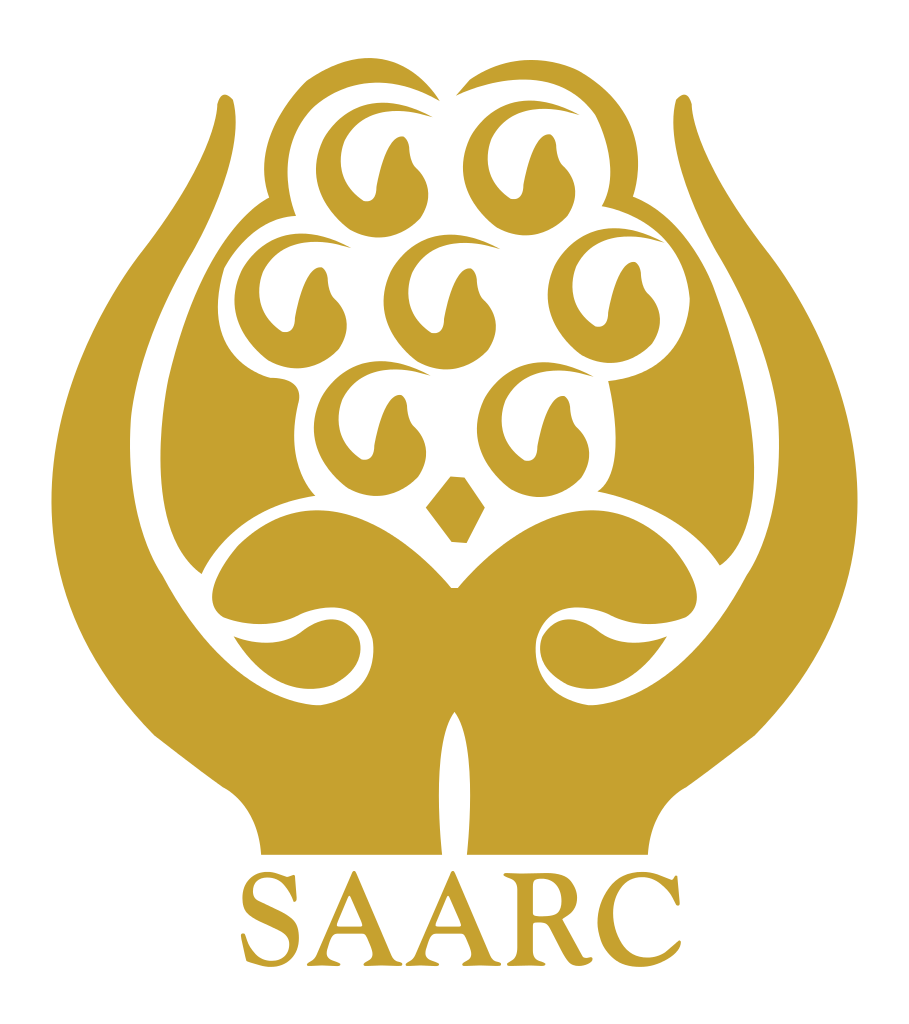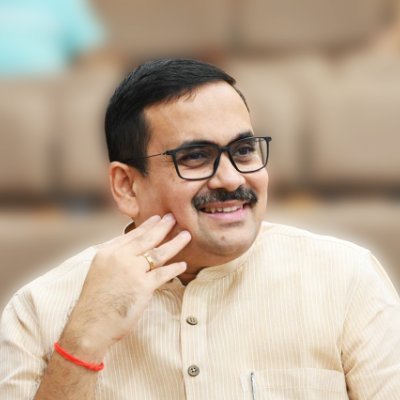By Sudarshan Ramabadran
Interest in regional economic integration fuelled by the achievement of an economic union and a single currency in Europe, was an important reason for the South Asian Association for Regional Cooperation (SAARC) to be set up. However, since inception if ever there was one region which has witnessed failed multilateral cooperation then it is the SAARC region. But with the emergence of a strong and stable government in New Delhi led by Bharatiya Janata Party, SAARC can, in all certainty, look forward to better cooperation leading to seamless connectivity amongst the countries of the region. India is acutely aware of her responsibility to enthuse fresh dynamism; the same was reaffirmed by Prime Minister Narendra Modi in his first address at the Kathmandu summit last year. The recent announcement of the SAARC Yatra to be undertaken by India’s Foreign Secretary S.Jaishankar is in pursuance of India’s initiatives towards strengthening the SAARC region.
It is no secret that India was severely paralysed with an ambivalent and disoriented foreign policy in the last decade. Considering this, one of the vital factors which PM Modi had to set right was on the foreign policy front, that is, how India could be positively showcased to the world. In what was a diplomatic masterstroke, PM Modi wasted no time by inviting the SAARC heads for his swearing in ceremony. Appreciation for the same reverberates both within and outside India till date. This was all in probability early signs from India in not just promoting greater regional cooperation but integration among the SAARC countries. As part of upgrading this transformed approach, several facets of PM Modi’s vision which were outlined at the Kathmandu Summit will come up as key follow up aspects as part of the much awaited SAARC Yatra.
PM Modi’s enthusiasm for strengthening SAARC was seconded by all member countries except Pakistan, and this is one of the biggest impediments which SAARC faces. Several SAARC agreements have been blocked by Pakistan citing greater India – Afghanistan ties, it is to counter this that Pakistan has even gone to the extent of aggressively vouching for China’s entry into SAARC. A brief case in point is Pakistan’s refusal to sign the SAARC Motor Vehicle Agreement and the SAARC Regional Railway Agreement because it facilitated India’s access to Afghanistan through Pakistan. On the other hand, China is seeking to advance it plans and make serious inroads to revive the ancient silk route. This was discernible at the Kathmandu Summit, where China was an observer. The Chinese vice Foreign Minister Liu Zhenmin promised to expand trade in the SAARC region to US$150 billion and pledged investment for infrastructure in the next five years and 10,000 scholarships for young South Asians as a mark of China’s commitment to the region. SAARC Yatra will in certainty serve as a message to member countries that India will not allow any hegemony in the region and will strive to bring Pakistan on board towards a greater integration of the region.
Another key aspect will be that of ensuring connectivity and trade amongst the region. PM Modi also outlined in his Kathmandu speech that infrastructure was the region’s greatest weakness and a pressing need. As the Chief Minister of Gujarat, PM Modi was known for paying attention to details as far as formulating policies were concerned. This was seconded by a Director of a leading US Think Tank, who said, that one of the attributes which he admires in PM Modi is his ability to go into details, especially in the field of infrastructure. Several experts have reasoned that one of the vital reasons why prominent initiatives have not taken off in the SAARC region is because of its not meeting the critical demands of infrastructure development. Towards this, PM Modi announced setting up of a special purpose facility in India to finance infrastructure projects in the SAARC region that enhances connectivity and trade. Nuances of enabling seamless connectivity, trade and infrastructure development will also be on the table during the proposed yatra.
During his address to ISRO scientists, PM Modi came up with another masterstroke which was to have a dedicated SAARC Satellite. The concept of SAARC Satellite was first discussed in 1998. However the pointed reference by PM Modi will ensure that he will take personal interest in steering the concept towards completion. ISRO already has at least half a dozen operational remote sensing satellites in orbit. It is in this aspect that India can also lead from the front in the making a dedicated SAARC satellite. Thus a SAARC Satellite whose utilization is available to all South Asian nations will also be an integral part of not just the Yatra but of India’s initiatives in the days to come as well.
Sharing India’s expertise will also be a key agenda. At the Kathmandu summit, India came forward to share its expertise in Polio eradication with other member countries. Another example, is the recent signing of the Civil Nuclear Agreement between India and Sri Lanka, though bilateral in nature, the agreement will see India providing expertise in building Sri Lanka’s nuclear infrastructure. The Yatra will also provide scope for India to assess other probable aspects through which India can share its expertise in the field of Health, Education, Nuclear energy which can help the region grow.
In entirety, the proposed SAARC Yatra will serve as a definite impetus towards ensuring a stronger South Asia as South Asia’s economic integration will also help India’s growth as much as the economic growth in its SAARC neighbours. With a stable government and a decisive leader in India at the helm, two possible outcomes will be witnessed in revitalizing SAARC in the coming days, one, hard decisions which are required to taken in order to advance any meaningful multi-lateral initiatives will be taken, two, most importantly, efforts will be made to ensure South Asia is a peaceful and prosperous zone.
(the author is a Research Associate with India Foundation, New Delhi and his areas of interest are international relations, strategic issues and governance.)
(The views expressed are the author's own and do not necessarily reflect the position of the organisation)


